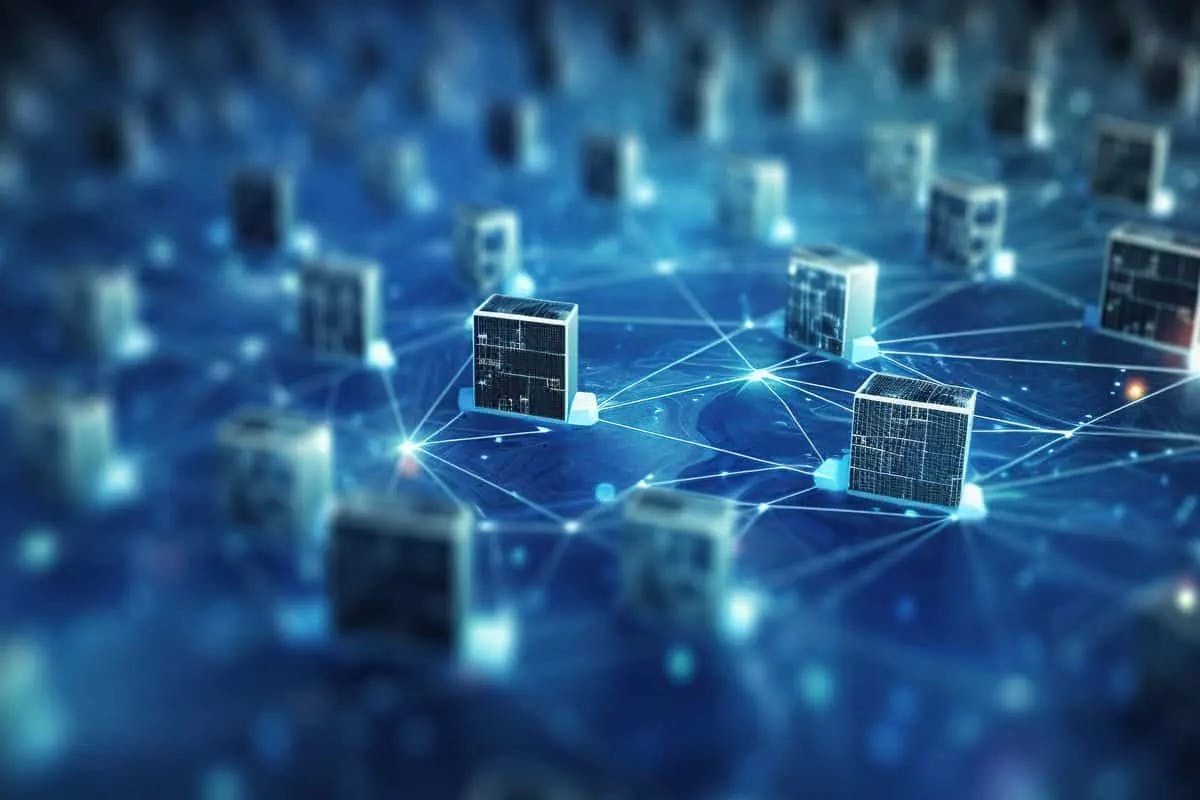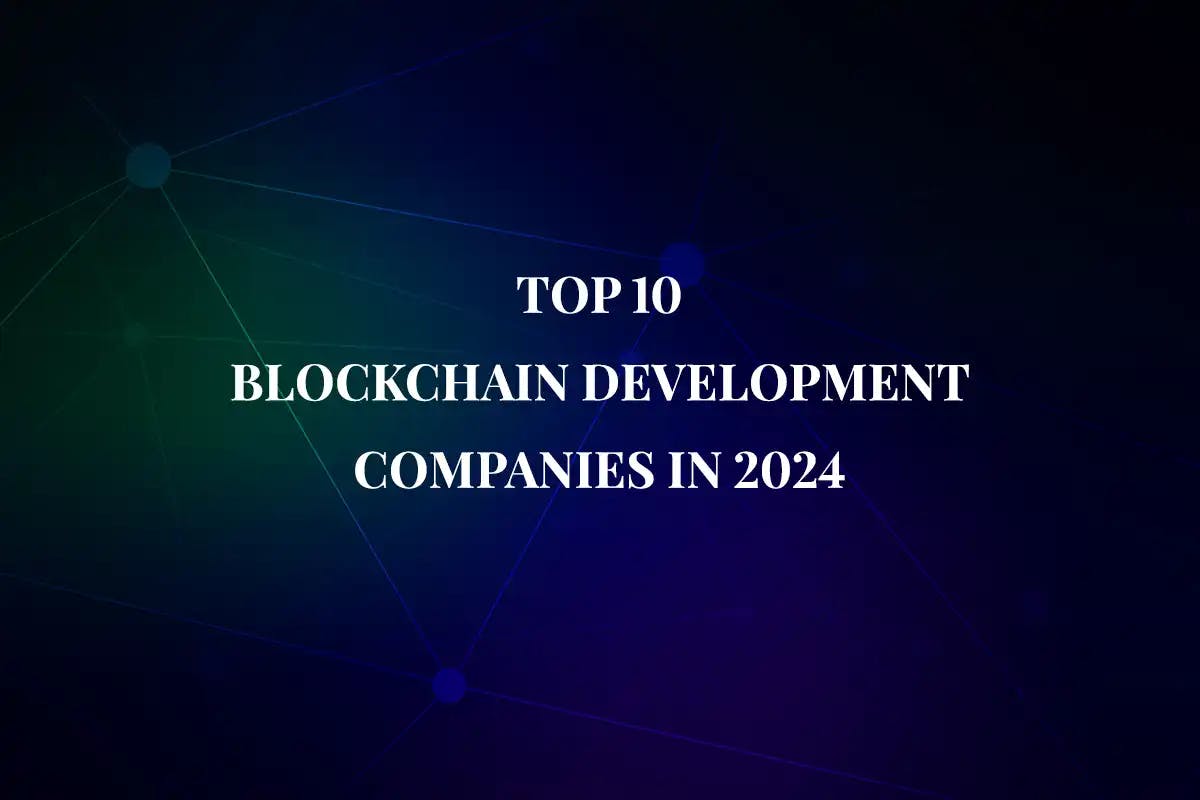


In today's modern world, a unique idea has emerged that is changing the way we approach digital infrastructure. This concept is called Decentralised Physical Infrastructure Networks (DePINs). DePINs integrate blockchain technology with real-world assets, creating a significant shift in how we handle digital infrastructure and becoming a key to Web3’s future. Unlike traditional centralized systems, DePINs follow a distributed and collaborative model.
Decentralized Physical Infrastructure Networks (DePINs) are a fresh concept aiming to bridge the gap between the real world and blockchain technology. These networks employ blockchain and cryptocurrency rewards to establish a new way of building and handling physical structures, moving away from the traditional centralized approach. DePINs are changing how we perceive and manage infrastructure projects.

The core idea driving DePINs is to use the power of distributed ledger technology, tokenization, and crowdsourcing. This allows coordination and incentivization for developing and maintaining real-world infrastructure projects. Instead of relying on centralized entities to build and control physical infrastructure, DePINs empower a decentralized network of participants. These participants contribute resources like computing power, storage, or even physical hardware in exchange for cryptocurrency token rewards. Decentralizing infrastructure development, DePINs promote transparency, efficiency, and community involvement.
The world of DePINs (Decentralised Physical Infrastructure Networks) is changing how we approach infrastructure development. Instead of relying on centralised systems, DePINs tap into the collective power of communities. Crowdsourcing resources and efforts, these networks create cost-effective and resilient alternatives to traditional infrastructure models. This shift aligns with the decentralised values of Web3, extending its principles beyond the digital environment into the physical world.
DePINs empower communities to take control of their infrastructure needs. Through collaborative efforts, they can build robust systems tailored to local requirements. This approach promotes innovation by encouraging diverse perspectives and solutions. Additionally, DePINs promote community ownership and accountability, ensuring that infrastructure projects truly serve the people's interests.
The world of web3 is rapidly growing, and with it comes the need for strong, decentralized physical systems. Traditional networks like phones, power lines, and cloud computing are often controlled by a single group. This can limit choices, slow down new ideas, and make things more expensive for users.
DePINs, or decentralized physical infrastructure networks, offer a different solution. They use the ideas of decentralization and blockchain technology. DePINs encourage a distributed group of people to work together and share their resources to build and maintain physical systems. Having many people contribute, DePINs can create a fairer, more efficient, and more resilient system for everyone.
Imagine a world where the infrastructure that supports our daily lives, like the internet, electricity, and transportation, is not controlled by a few big companies but instead owned and operated by a network of people working together. This is the vision of DePINs. Instead of relying on centralized authorities that can make decisions that benefit themselves over the community, DePINs use blockchain technology to create a decentralized system where everyone has a say. Through this collaborative approach, DePINs can build physical infrastructure that is more secure, transparent, and resistant to disruptions.
DePINs (Decentralised Personal Infrastructure Networks) offer an amazing benefit - they make crucial services like electricity, internet, and transportation accessible to everyone. Unlike traditional infrastructure projects that need a lot of money and resources to start, DePINs allow individuals and small groups to participate and contribute. This increased competition and innovation leads to more affordable and diverse services for consumers, as well as new business opportunities.
Additionally, DePINs are incredibly resilient because the infrastructure is spread across many different locations and devices. Instead of having one central point that could fail, the network is decentralized. So, if there's a local power outage or natural disaster in one area, the rest of the DePIN can keep running smoothly. This ensures vital services remain available even during disruptions or attacks, making DePINs much more reliable than centralized systems.
As our world grows more connected through technology, having strong and decentralized physical systems becomes crucial. The web3 world, focused on decentralization, transparency, and user control, highlights how DePINs can change traditional infrastructure setups.
Over the coming years, we'll likely see DePIN projects steadily growing and being used more across various industries, including:
The Decentralized Physical Infrastructure Network (DePIN) flywheel is a system that encourages people and organizations to actively develop and contribute to decentralized networks for physical infrastructure. It works through a self-reinforcing cycle that promotes the growth and adoption of these solutions. The key aspect of this cycle is a model that motivates participants to build out the infrastructure networks without huge upfront investments needed for traditional centralized approaches.

At the core of the DePIN flywheel is the use of cryptocurrency tokens as incentives. These digital tokens attract individuals and companies to deploy their hardware and resources as nodes within the decentralized network. Contributing their existing infrastructure assets or acquiring new ones, these participants become service providers offering goods and services to the broader DePIN ecosystem. The tokens serve as a powerful motivation, driving this cycle of expansion and participation in the decentralized physical infrastructure networks.
As more participants join DePIN, either as service providers or consumers, the network gains momentum. A growing number of participants and resources leads to better infrastructure quality, increased resilience, and more service options. This, in turn, attracts even more new members, creating a self-sustaining cycle of decentralized growth that feeds itself.
The key factors that set DePIN's flywheel apart from traditional infrastructure models are the lack of central control and the fair distribution of rewards. With no central authority calling the shots, and rewards distributed evenly among participants, DePIN fosters a self-perpetuating loop of expansion and improvement.
The future of the internet lies in decentralised networks called DePINs (Decentralized Private Infrastructure Networks). These networks are built on blockchain technology and use crypto tokens to motivate people to contribute resources. To grasp the importance of DePINs, we need to understand their key parts.
DePINs, which stands for Decentralized Physical Infrastructure Networks, can be divided into several crucial areas. Each area focuses on a specific part of physical infrastructure and aims to make its delivery and management more decentralized.
The web3 ecosystem keeps growing, and Decentralized Physical Infrastructure Networks (DePINs) are an important step in bringing decentralization from the digital world to the real world. DePINs use blockchain technology, tokenization, and crowdsourcing to provide an alternative to centralized infrastructure models used for cloud computing, energy, sensors, and wireless connectivity. They can make it easier for people to access important services and encourage innovation and competition. DePINs can also create more reliable and cost-effective physical infrastructure networks.
With DePINs, people can access important services more easily and affordably. Innovations can flourish without centralized control. Physical infrastructure can be more resilient and cost-effective compared to traditional centralized models.
Codiste is a pioneering company that is driving the transformation of decentralized technology. They are leading the way by developing advanced DePIN solutions. As a top Blockchain development company, Codiste has an expertise in developing advanced DePIN systems. With a profound dedication to advancing this technology, DecentraBlock's expertise and forward-thinking vision position them as a key player in the widespread adoption and success of DePIN solutions. Contact us now!




Every great partnership begins with a conversation. Whether you’re exploring possibilities or ready to scale, our team of specialists will help you navigate the journey.